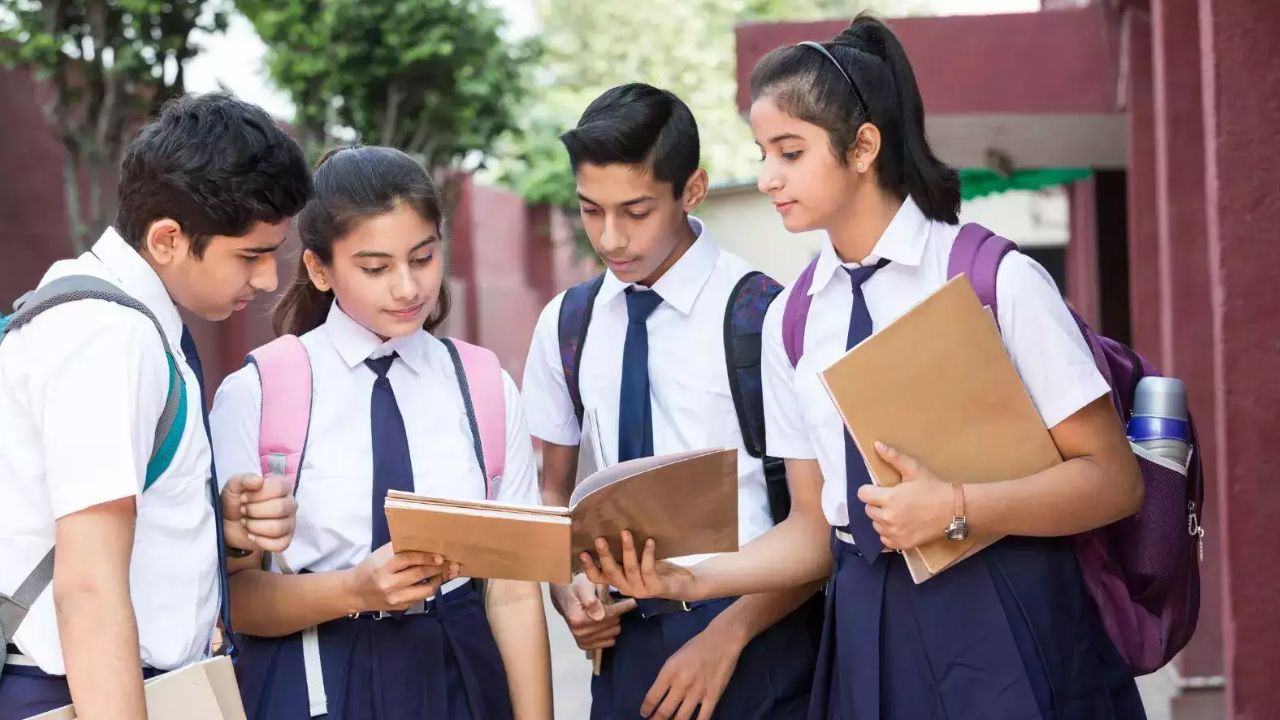State Variations in Stream Selection after Class X: According to recent research by the Education Ministry, students in the country prefer the Humanities and Science streams over the Commerce stream, which has seen a decline in enrollment over the previous ten years to just 14% of students.
The study was based on the results of the class X and XII board exams, which highlighted the notable differences in state-level stream choices. Fewer than 2% of students in southern states like Andhra Pradesh, Tamil Nadu, and Telangana chose the Humanities track, however, this number increased to over 82% in states like Tripura and Gujarat. In Punjab and Rajasthan, more than 70% of students chose humanities.
In contrast, after graduating from class XII, more than 60% of students chose to pursue careers in science in states like Andhra Pradesh, Telangana, and Tamil Nadu, but there are fewer students choosing this path in states like Punjab, Haryana, and Assam, where only about 17% of students did.
According to Biswajit Saha, director of the CBSE, speaking to Education Times, “As far as the selection of a stream by students is concerned, it varies across different states as per the context, even though CBSE does not promote streamlining as it gives schools and students flexibility in choosing any subject combinations in classes XI and XII.
In certain cases, a student’s decision on which stream to choose is influenced by the topics that are offered at a school in their state. Nevertheless, there are also instances where students choose not to pursue that particular stream despite the material and lecturers being available. The availability of an appropriate institution in a given area also influences the student’s decision about their chosen stream for class X.
WBJEEB JEPBN Admit Card 2023 out on wbjeeb.nic.in, download link here
State Variations in Stream Selection after Class X
“States like Andhra Pradesh, Telangana, Tamil Nadu, Karnataka, and Maharashtra have established a sizable number of engineering institutions in the recent ten years. These five states are home to half of the nation’s engineering colleges. Since being an engineer is a family heritage in Southern regions, many kids in southern India choose the science stream after class X.
Recently, other technical and professional institutions have also opened in northern and eastern states including UP, MP, Rajasthan, West Bengal, and Odisha. Over the last ten years, the societal trend of seeking degrees in engineering and medicine has grown across the nation. Additionally, during the past 15 to 20 years, more girls, as well as boys, have begun to consider careers in engineering, medicine, design, law, management, and hospitality, according to Saha.
“In terms of the humanities, there has been a rising trend in recent years where students have started choosing the stream with maths as an optional course because of the interdisciplinary approach to education suggested by NEP 2020. Additionally, many students are choosing the humanities route since it lacks a practical component.
Additionally, practically all of the country’s government-run undergraduate universities offer degrees in fields connected to the Humanities stream. The majority of graduates and postgraduates in the previous 30 to 40 years have been identified as being in the Humanities stream. One explanation for this is the abundance of competent Humanities instructors around the nation, says Saha.
“These trends show that there has been a regular shift in the thinking of parents as they do not force their children to opt for a particular stream,” says Skand Bali, principal of the Hyderabad Public School in Hyderabad. Additionally, schools have the power to broaden the scope of STEM instruction and application. These days, students are encouraged to participate in debates and acquire practical skills in science and humanities subjects, which are no longer just theoretical.
Additionally, there has been an increase in market demand for graduates with a background in the liberal arts, which follows a decade-long fall in enrollment in the humanities stream relative to an increase in science-related subjects. Graduates of the arts have the problem-solving and communication abilities necessary to prosper in the twenty-first century. Advertising, social work, journalism, photography, and designing are some profitable job opportunities in the arts industry that are growing in popularity in India.
“It is important to note that cultural and societal influences play a significant role in shaping educational preferences,” says Bali.




